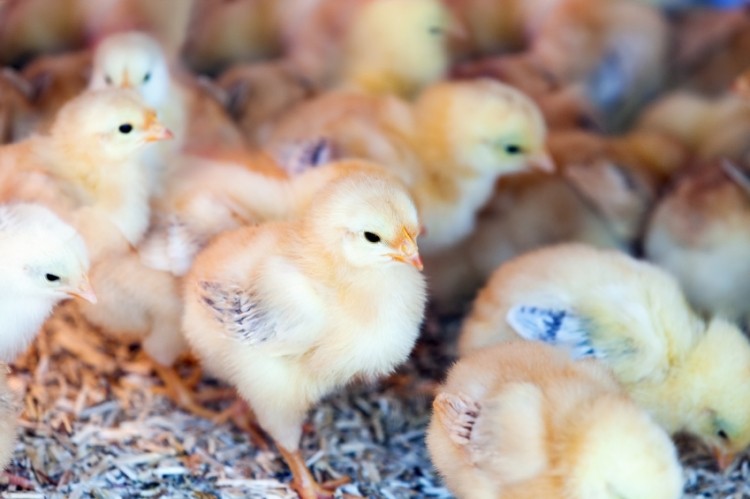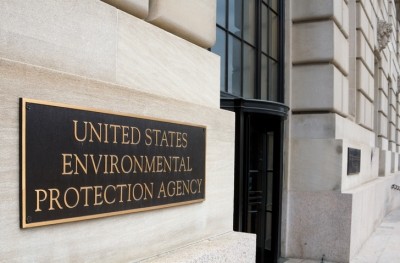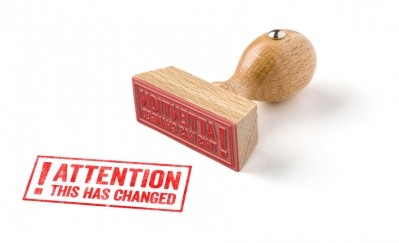Will disinfectants inactivate avian influenza in chicken feed?

Researchers at Auburn University College of Veterinary Medicine ran a series of trials using a strain of the disease to contaminate non-pelleted chicken feed with the goal of establishing different methods of eliminating the virus’s presence in the product.
The project was sponsored in part by US Poultry and Egg Association in response to a disease outbreak last spring. The group released its report last week.
“We had an extensive outbreak of avian influenza last year in the United States and there were questions of how the virus entered the [enclosed] poultry house,” said lead researcher Haroldo Toro, professor in the department of pathobiology at Auburn University. “Because corn stored outside could become contaminated with avian influenza virus from wild bird droppings, contaminated ingredients could pass into the poultry flocks in non-pelleted chicken feed.”
Feed contamination is one potential transmission vehicle of the virus, but it is not clear if the virus was spread in that manner during the recent outbreak, he told FeedNavigator. “The importance of avian influenza dissemination through chicken feed is not well established – this is just a sound hypothesis,” he added.
The agent is sensitive to its environment, and can be inactivated by heat, extreme pH values, dryness and different types of disinfectants, noted Toro in the report. However, organic material, like fecal material, can prolong the virus’s survival ability.
“The virus does not live very long in the environment of chicken feed,” he said. “But there are several papers that show that if the virus is contained in feces then it can remain infectious for several days, and you don’t need to have a high concentration in the feed.”
It only takes a small amount of infectious material or a few infected chickens to spread the virus throughout a chicken house because it is highly contagious, he said. “If there is virus there, the chickens will find it,” he added.
The group found that different disinfectants could reduce or eliminate the amount of the virus found in non-pelleted feed, and may offer lasting preventative properties if added prior to exposure.
“If there is another outbreak of flu,poultry producers could consider feed disinfection as another tool to prevent the animals from being exposed to the virus,” said Toro.
Project details
In the trial, three different tests were run using the disinfectant products, Termin-8 and Finio, according to manufacturer’s guidelines, said Toro. An additional test examined what influence an additional protein source had on virus survival.
To increase the protein source, researchers added skim milk at 0.002% to the virus suspension before contaminating feed at room temperature (22 degrees Celsius), he said in the study. Samples were collected at 2, 19, 24, 48, 96 and 144 hours post-contamination.
In the first experiment non-pelleted feed was treated with a dose of low pathogenic avian influenza virus (AIV) and mixed one hour after the feed was treated with one of two levels, 3kg/ton and 1kg/ton, of liquid Termin-8, said Toro. Samples were taken at 1, 4, 16 and 24 hours after treatment and used to inoculate eggs, which were harvested for allantoic fluid after 72 hours and AIV RNA was analyzed so viral concentration could be determined.
In the second test, the virus with skim milk was tried against a powered form of Termin-8 at 3kg/ton or Finio at 2kg/ton, he said. Samples were taken at 1, 6 and 24 post inoculation and eggs were inoculated with each sample then harvested at 72 hours so AIV RNA could be extracted and analyzed.
In the final test a longer waiting period was used before the feed was contaminated with the virus, he said. Feed was treated with either liquid Termin-8 at 6kg/ton or Finio at 2kg/ton seven days before AIV contamination. Skimmed milk was again added to the virus suspension before it was used mixed with the feed.
Results
When protein was added, live virus was detectable through 24 post-inoculation, Toro said in the study. When additional protein was not present, as in the first test, live virus was not found four hours after inoculation.
For the first test, both treatments were demonstrated to reduce amounts of AIV RNA compared to controls, he said. After 1 hour no significant changes were seen to levels as untreated samples also had a reduction in AIV RNA.
In the second experiment, viral RNA was found to be inactivated at 1 and 6 hours compared to the control samples, he said, at 24 hours all samples were inactivated.
In the final test, both treatments were shown to be effective in inactivating the virus, with Termin-8 generating the more “drastic” response, said Toro in the study.
The results were what the group expected to see for Termin-8, as it includes formaldehyde, which is a potent disinfectant even if more traditionally used to sanitize bacteria, he said. The other, newer product was not as well known.
“If there would be another outbreak, then producers could use disinfectants for their feed if they are using un-pelleted feed,” said Toro. “[But] how the disinfectants would work in a huge amount of feed I don’t know – it’s one thing to conduct experiments in a laboratory, and another with tons of feed.”
Additionally there could be other disinfectants or treatments that would work to inactivate the virus, he said.
The steps for future research could include establishing if chicken feed is indeed a good route for virus dissemination, he said.
“When we do these experiments we do them on a small scale, we do many replicates but it’s not the same as industry,” said Toro. “It would be nice to try it in one chicken house to prove that it works – to see if chicken feed is a good way for the virus to disseminate.”
In addition to funding from US Poultry and Egg Association, a portion of the costs were covered by Anitox, the company that makes the disinfectant products.










